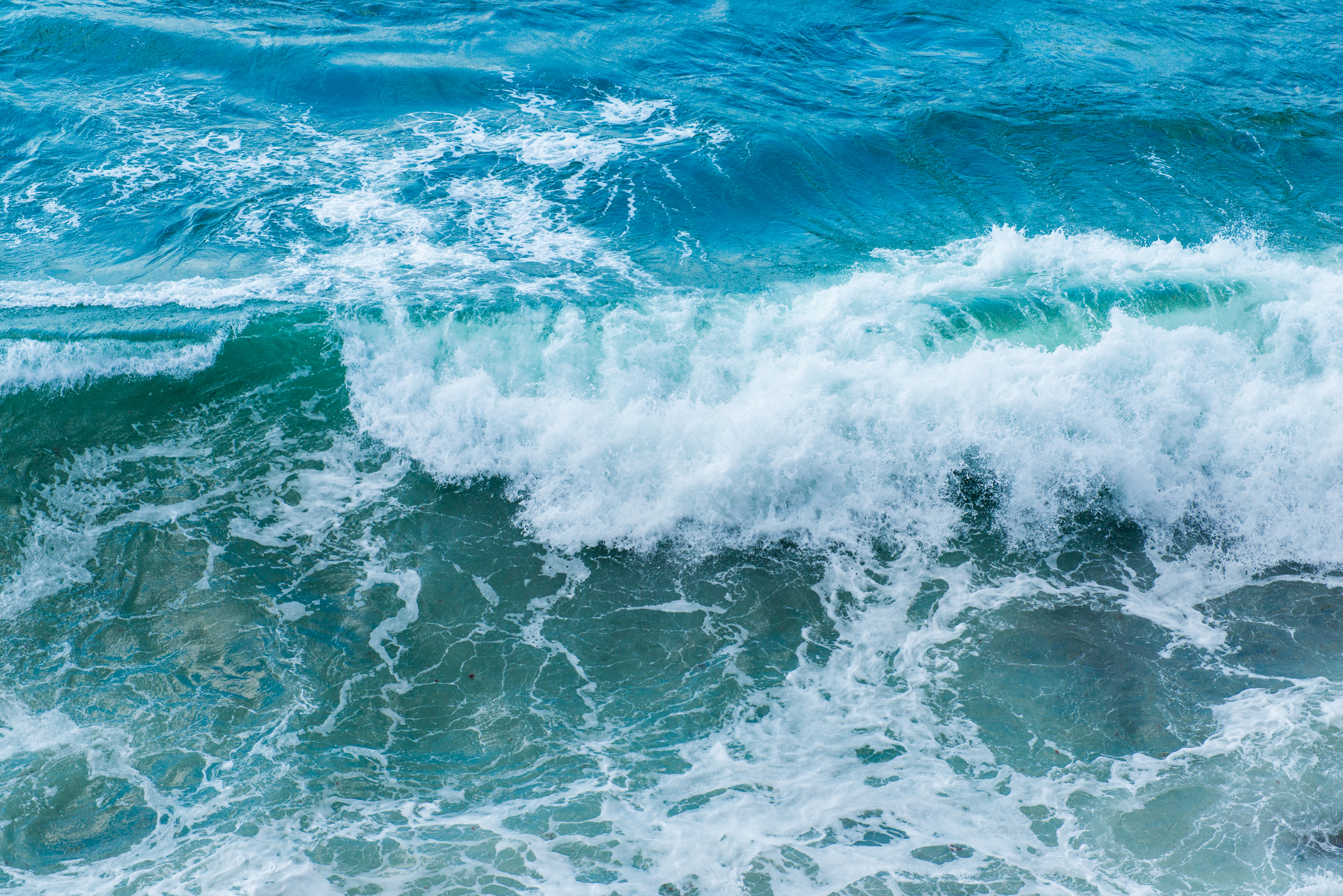FAQ
HOW IS THE PUMPED-HYDRO STORAGE PLANT (PHP) BUILT?
Reservoirs, water intake inflow channel, turbine room, entrance shaft, ventilation and cable shafts, and access tunnels are planned underground at a depth of 750 m inside the rocks of the crystalline basement.
Do we need so much electricity?
The current record for electricity consumption is 1587 MW. This happened in one afternoon in 2010. In similar extreme cases, when there is a lack of electricity production in the system simultaneously, Estonian PHS (500 MW) will thus be able to cover one-third of Estonian peak consumption for up to 12 hours.
What are the economical impacts of the Paldiski PHS?
The Estonian PHS project will have a significant impact on the Estonian economy and solve challenges related to climate change, foremost by:
– reducing CO2 emissions in the energy sector;
– lowering the variable cost of electricity production;
– enabling large-scale integration of renewable energy sources;
– contributing to the increase of GDP;
– increasing tax revenues;
– reducing grid tariffs for other consumers;
– enhancing the security of supply for mineral resources in Harjumaa
Where is the energiasalv phs located and why?
In Paldiski, Estonia. The power plant will be built underwater of Pakri Peninsula. Suitable natural and geological conditions (sufficient sea depth, bedrock is amphibolite gneiss), the proximity of energy infrastructure, synergies with existing and planned industries, and the green-oriented municipality make Paldiski the best location for a pumped-hydro storage project.
Does the Energiasalv PHS pose a threat to the environment?
The Strategic Environmental Assessment concluded that due to the characteristics of Estonian PHS and its location to the Pakri nature area and Pakri birds area (outside Natura-areas), the proposed activity would not result in the loss or fragmentation of habitat locations, nor would it have any significant impact on water reserves that could endanger the preservation and well-being of protected species and habitats in the areas.
What kind of permits and procedures are needed for the project?
To construct Paldiski PHS, four documents/permits are necessary, for which the bodies conducting proceedings and making decisions are different institutions:
– Detailed Spatial Plan for allowance to build construction works that are functionally in connection with the coast inland and at the sea area; decision-maker is the Council of Lääne-Harju Rural Municipality;
– for the use of construction works, one must have a permit for use of construction work issued based on the Building Code;
– Superficies Licence for building onto the seabed, followed by an application for a construction permit. To construct the seawater intake, The decision-maker is the Technical Surveillance Authority;
– Permit for particular use of water for sinking the solid substances onto the seabed to take water from the sea and direct water back to the sea. The decision maker is the Ministry of Environment / Environment Agency.
Why is the Paldiski pHS important?
The storage project enables saving in generation capacity which means we do not have to build as many new power plants. This kind of storage capacity is vital for facilitating the uptake of variable renewable energy sources, such as wind and solar energy. The project is also on the list of Projects of Common Interest (PCI) which includes projects that are of strategic importance in executing the European Union’s policies.
How much electricity does the power plant produce and consume itself?
Estonian PHS, with its 500 MW capacity, is able to produce up to 6000 MWh of electrical power in 12 hours. The capacity factor of the power plant is 80%, which means that pumping the filled reservoir completely dry will consume 7500 MWh.
